Immerse yourself in the mystical culture, epic landscapes, and ocean views of this legendary place. Visit the mysterious Moai statues, walk and drive around natural and archeological sites, and learn more about this fascinating part of Chile!
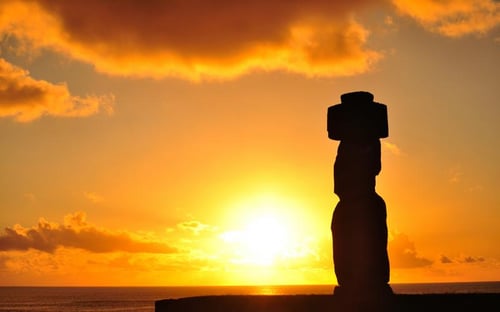
After the flight from Santiago to Easter Island, we're met at the airport by our friendly local guide and taken to the main town and capital of Easter Island, Hanga Roa, where almost 90% of Easter Island's inhabitants (the Rapa Nui) live.
We check into our hotel and our guide tells us about the upcoming itinerary. Then we enjoy a good night´s rest, ready for tomorrow's adventure.
Overnight Hotel O'Tai 3*, Hanga Roa.
Meals: none

After breakfast, we will drive along the coast to Hanga Te’e, visiting the Vaihu temple, Ahu Akahanga, and Ahu Tongariki, sacred platforms where the Moai were put. Restored after the 1960 earthquake's tsunami, these sites stand out for their history.
We will continue to Ahu Te Pito Te Kura, famous for its round stone with magnetic properties. Then, we will explore Ahu Nau Nau and Rano Raraku, surrounded by Moai and its quarry with 150 unfinished statues. We will end at Anakena Beach, where Hotu Matu’a landed, and return to the hotel in Hanga Roa.
Overnight Hotel O'Tai 3*, Hanga Roa
Meals: breakfast and lunch

After breakfast, we will drive to Rano Kao volcano, the largest on the island. Its crater houses a freshwater lagoon and floating totora fields. We will enjoy views of three rugged islands and the "birdman" ritual scene from there. We will then visit the ruined village of Orongo, which has 50 stone buildings and "birdman" petroglyphs. We will then return to the hotel.
After lunch, the afternoon will be free. A recommendation is to visit the Tahai archaeological site, which features three restored Ahus and their Moai. The site is perfect for enjoying the spectacular sunset behind the statues.
Overnight Hotel O'Tai 3*, Hanga Roa
Meals: breakfast

After breakfast, we will drive to Rano Kao volcano, the largest on the island. Its crater houses a freshwater lagoon and floating totora fields. From there, we will enjoy views of three rugged islands, the scene of the "birdman" ritual. We will then visit the ruined village of Orongo, which has 50 stone buildings and "birdman" petroglyphs. We will then return to the hotel.
The afternoon will be free after lunch. A recommendation is to visit the Tahai archaeological site, which features three restored Ahus and their Moai. The site is perfect for enjoying the spectacular sunset behind the statues.
Overnight Hotel O'Tai 3*, Hanga Roa
Meals: breakfast

After a morning spent packing, relaxing and soaking up final views, we are driven back to the airport in time for the flight back to Santiago...Adiós Isla de Pascua!

Our first option will be Hotel O'tai which means "In the Coast" in Rapa Nui language. As its name implies, the hotel is just steps from the coastline and at the same time, in the heart of the village of Hanga Roa, near all the most important services. If O'tai Hotel is not available, a similar option will be offered.


For guests looking to indulge in luxury, Hare Nua presents a captivating boutique hotel experience as an excellent accommodation option. Please ask your Travel Experience Designer for more information.


Regular. Every day on request.
The trip starts at Easter Island’s Mataveri Airport at the moment of your arrival and finishes on day 5 at the same point, approximately two hours before your flight leaves.
The programmed walks are easy and over fairly flat terrain.
18 maximum plus staff.
In Eastern Island, the vehicles for regular tours are normally 20 or 14 seat minibusses.
Temperatures peak at around 30°C (85°F) from December to March. Winters are mild, with a low of around 13.8°C (57°F). The Pacific wind blows continuously, sometimes from several directions at once, which tends to keep the temperature fairly cool. Rainfall averages at around 1,118 mm (44") a year. Heavy rainfall and storms occasionally hit the island, particularly in the winter months (May to August) but cyclones or hurricanes do not occur in this zone of the Pacific.
We recommend the following items: small daypack, usual outdoors clothes including waterproof hiking shoes and socks, waterproof parka & pants, sun hat, sunscreen, sunglasses, bathing suit, and a good camera!
We reserve the right to change the order of the days in any itinerary at the sole discretion of the trip guide and based on operational considerations. The trip guide can also modify, change or eliminate part of the itinerary based on safety/weather considerations.
Searching Availability...


USA/Canada: 1-888-232-3813
UK: 0-800-051-7095
Germany: 0-800-182-6938
Brazil: 0-800-892-1291
France: 0-805-080-589

Updated October 4th, 2022
Dear Traveler,
We are very happy to announce that there are currently no travel restrictions in Chile.
Together with the above mentioned, it is mandatory to comply with the following requirements:
In case you have any questions, we will be happy to help you!
Best,
The Team at Cascada Expediciones & EcoCamp Patagonia